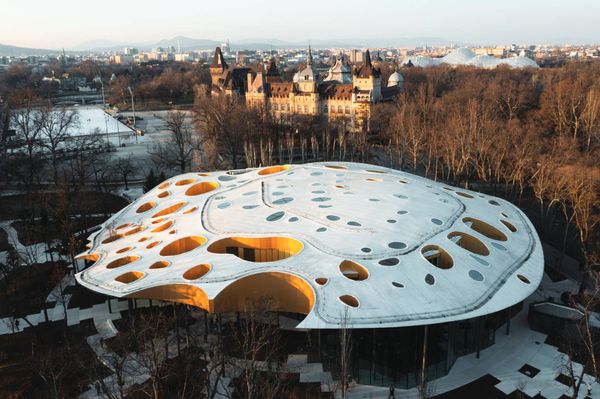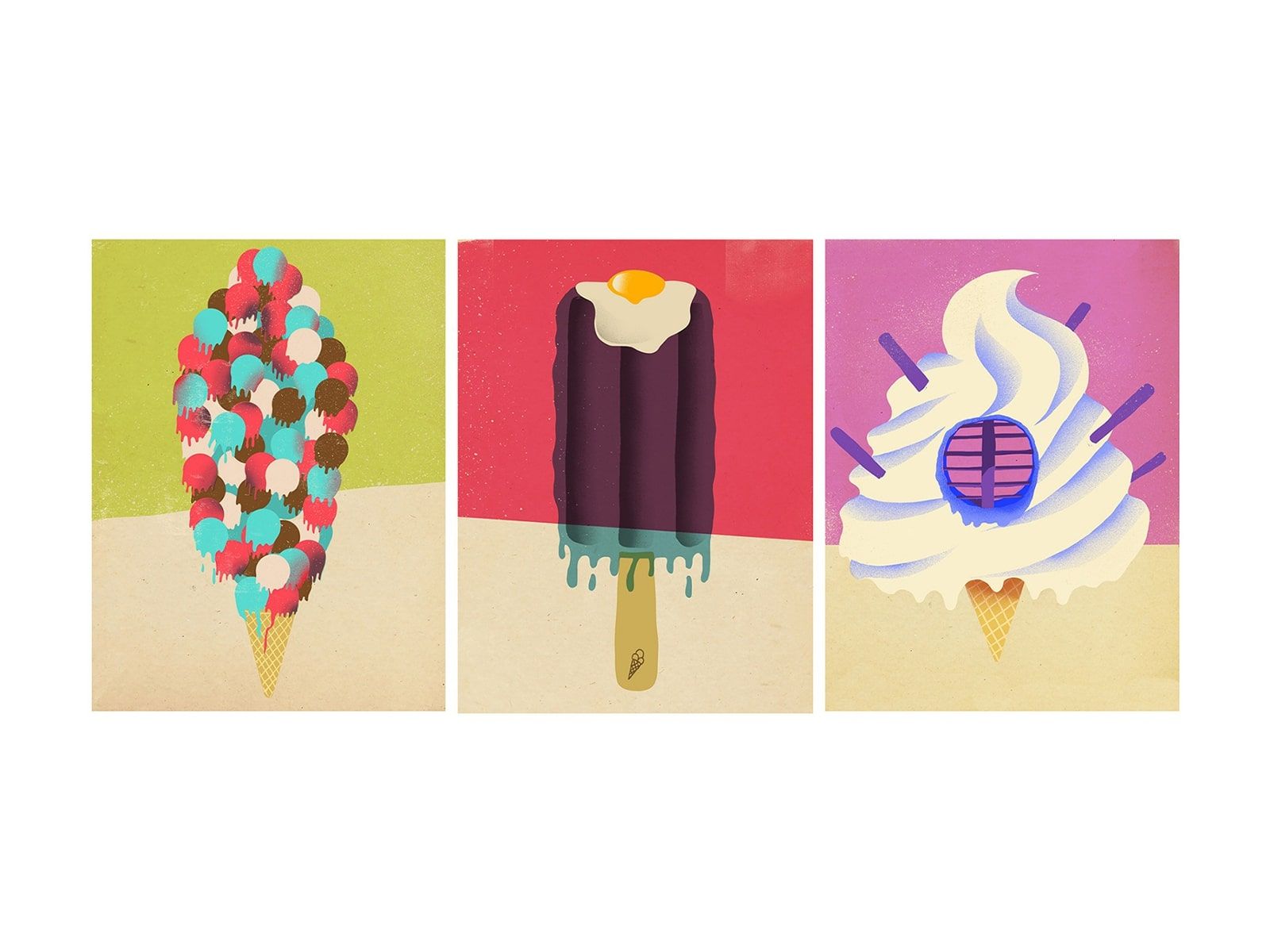We have been following the work of Lehel Kovács for quite some time. As we reported earlier, Lehel is a freelance illustrator and his portfolio also includes prestigious magazines such as The New York Times and The Guardian. After his Around the World in 80 Days with Street View series, in which he depicted different urban sites, the illustrator now turned to the world of gastronomy for inspiration. As part of our TASTE thematic month, this time we dip our spoons into the world of ice creams and get a taste of the Eat Art movement.
In creating the series “Anemoia—Nostalgia for a time that never was”, the artist explored how ice cream becomes a source of happiness and how this can be captured through visual forms. “Most of my work is commissioned and there is always a point of reference: an article, a story, or a product that needs to be adapted to some degree. But for this series, I could set the framework both visually and in terms of content. I feel that this material also has a backbone, but you can still move easily in it,” Lehel notes.
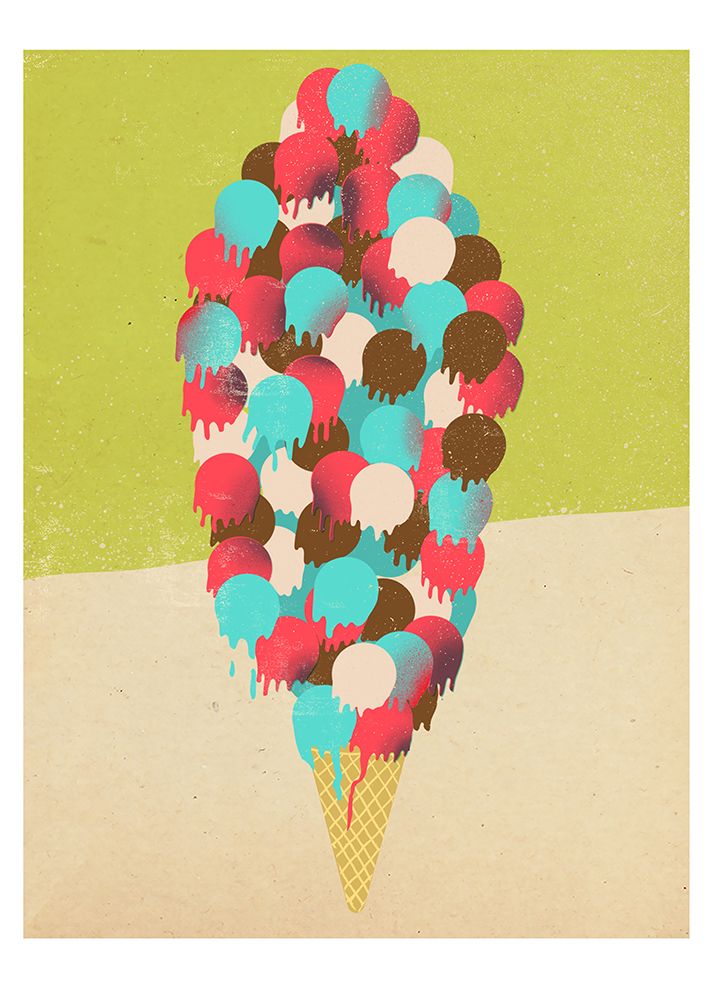
“The first image was an ice cream with lots of scoops, where I already had the concept of wanting to make a different, surreal ice cream and play with this malleable material. My aim was to evoke a sense of nostalgia that doesn’t take the viewer back to a specific era, but is fuelled by a longing for a world that is a period of rest and most reminiscent of childhood,” he emphasized.
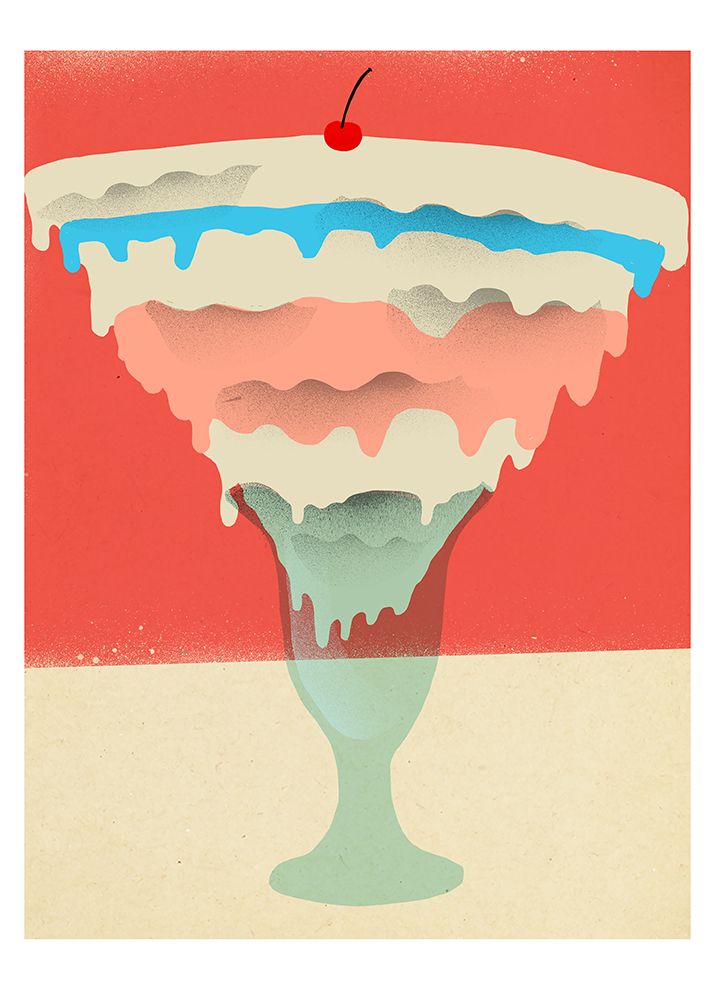
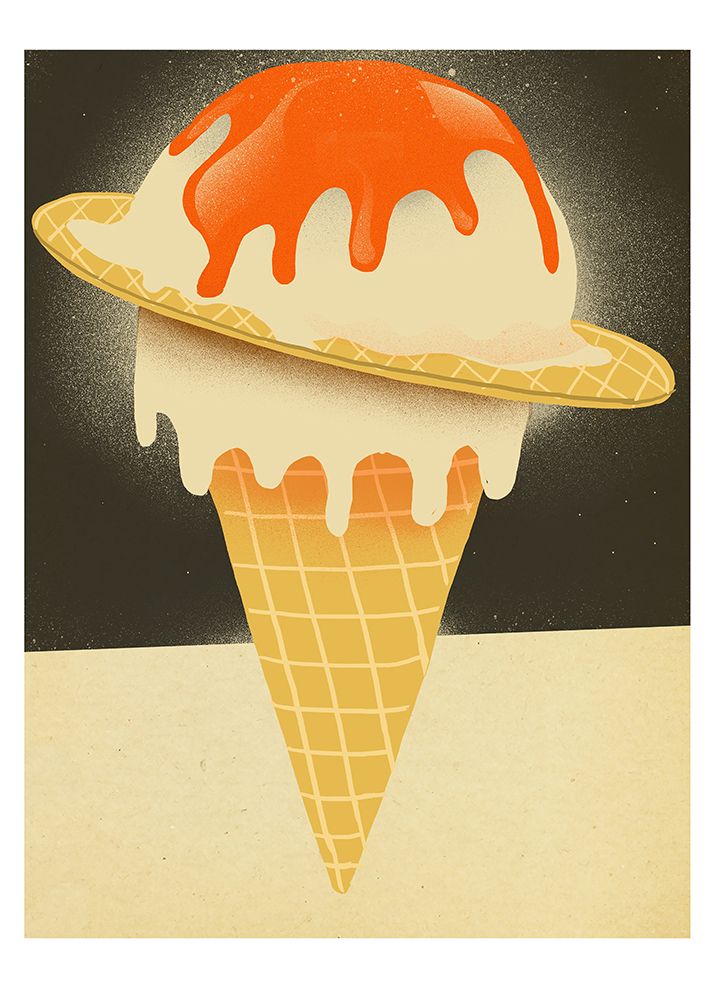
Resembling a planet, a bull’s eye or even a fried egg, the essence of these colorful ice cream creations is summed up by the name Anemoia. “Anemoia is a neologism from John Koening’s The Dictionary of Obscure Sorrows. The American writer has captured feelings for which no precise term had previously existed: anemoia is a nostalgia for an age not lived and not experienced. I feel that this series is a bit like that: familiar shapes, we know it’s ice cream, but it’s something that never really existed,” Lehel explained.
Another notable feature of the digital illustration series is that, in a rather unusual way, Lehel has created a carpet too. “I definitely wanted to include something analog in the series. The carpet is also interesting because it carries the ambivalent emotions that characterize the series. After all, ice cream is not something that brings wool carpets to mind. Nevertheless, I have tried to align it with the other elements of the series, but here far more important was that texture that the carpet provided,” he adds.
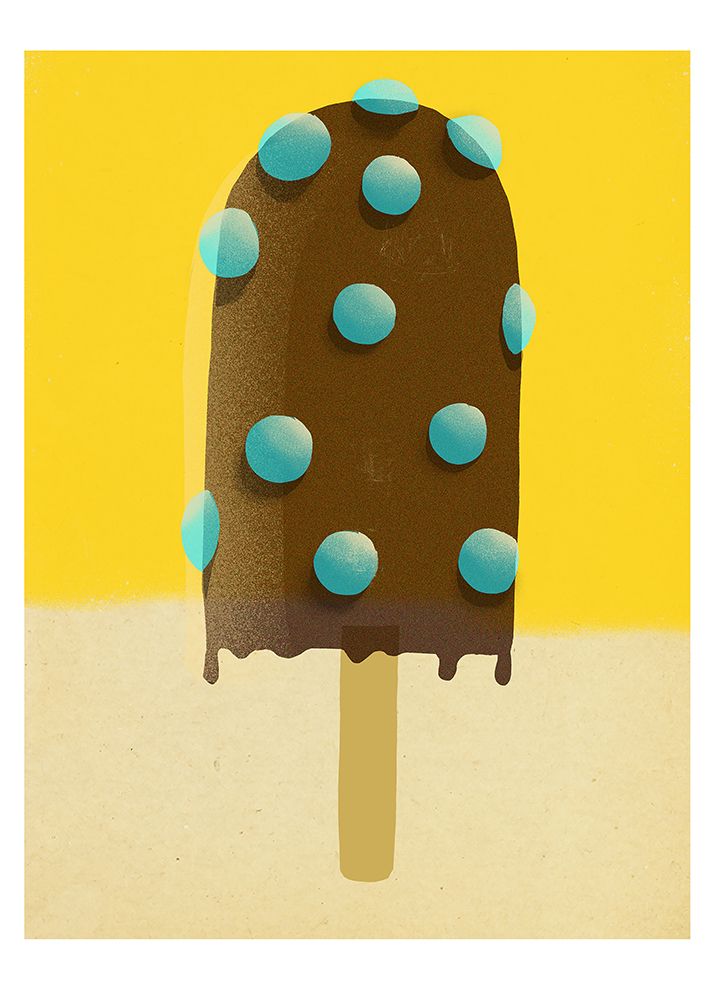
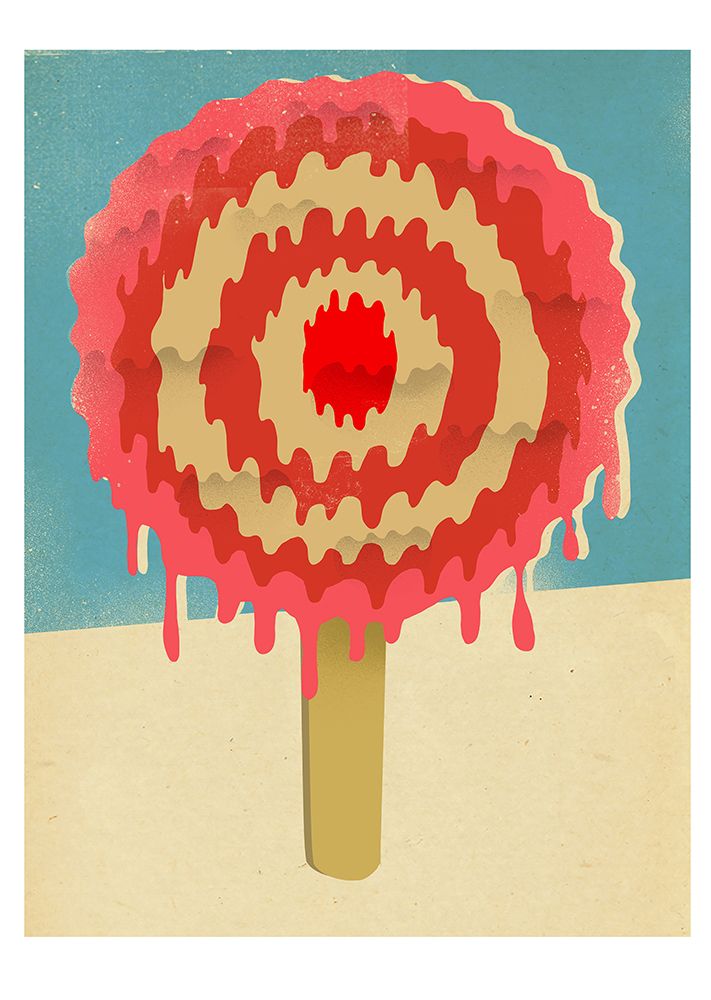
In fact, the surreal ice creams have even made their way to the walls of the Culinary Institute of Europe as part of a temporary exhibition. Founded in 2016, the institution, apart from being dedicated to the education of fine dining—as an enthusiastic representative of the Eat Art movement—also functions from time to time as an exhibition space. “In the Anglo-Saxon language, the link between gastronomy and art is very clear, because we are talking about fine art and fine dining. Essentially, they are both arts; they just use different media and different tools. Fine art, by the way, has been driven by food and eating for thousands of years, and this is also true of our modern world today. We at the Culinary Institute of Europe have made it our declared objective to provide the opportunity for our teachers to express their creativity by working closely with Hungarian and foreign artists during an exhibition,” said Nóra Szász, Communications Manager of the Culinary Institute of Europe.
It is important to note, however, that Eat Art is not merely a representation of gastronomy in art but basically uses food as an object and eating as a happening as a form of expression. As Nóra pointed out, “in each exhibition, the experience is complemented by culinary reflections on the works through the medium of gastronomy, in the form of food”. This way, the different shapes and colors of Lehel Kovács’s ice creams were not only displayed on the walls, but were also available for tasting: at the opening of the exhibition, visitors could try ice creams dreamed up by Krisztián Kiss, a teacher at the Culinary Institute of Europe and the pastry chef of the Novotel hotel. “Since Lehel’s style is characterized by pseudo-retro, this was also reflected in the flavors of the ice creams, which gave birth to never-before-seen variations such as the cucumber salad with sour cream, the buttered bread and the saffron carrot,” added Nóra. “Gastronomy and art both offer a visual and aesthetic experience to satisfy our hunger for culture. I enjoy the confluence of genres, so it was an honor to see my work inspire Krisztián in this way,” concluded Lehel.
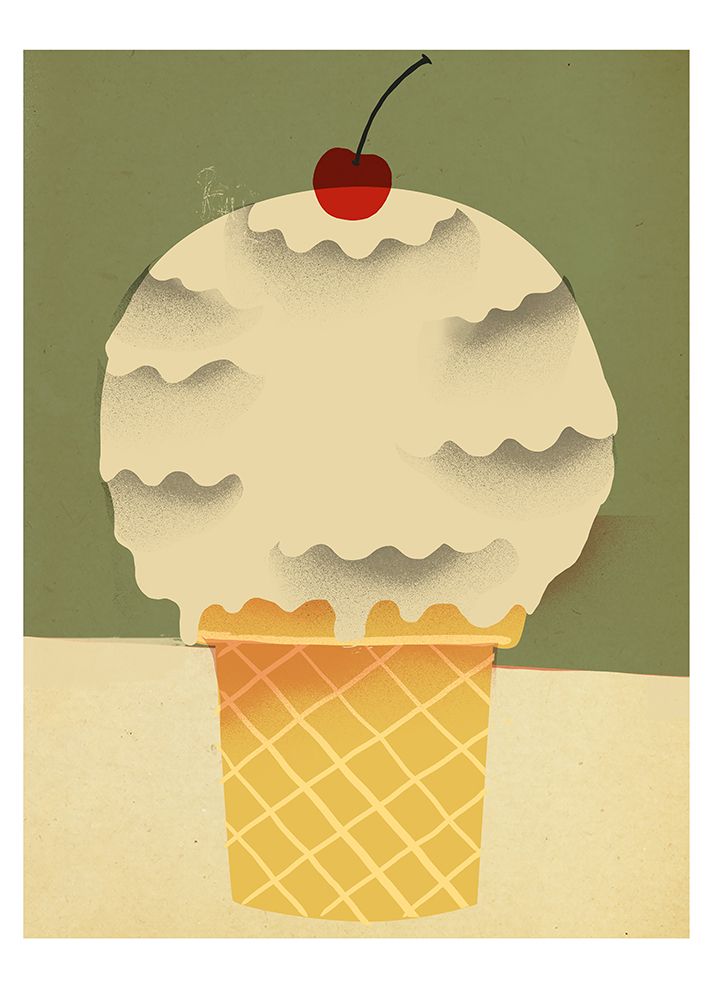
Lehel Kovács | Web | Facebook | Instagram
Culinary Institute of Europe | Web | Facebook | Instagram
Following the Anemoia exhibition by Lehel Kovács, on May 17, Hollywood set painter Steven Sallybanks will move to the Culinary Institute of Europe. The opening will be further enhanced with a selection of Sallybanks’ paintings-inspired meat-free snacks prepared by Csaba Ádám, chef of the recently closed Olimpia restaurant.
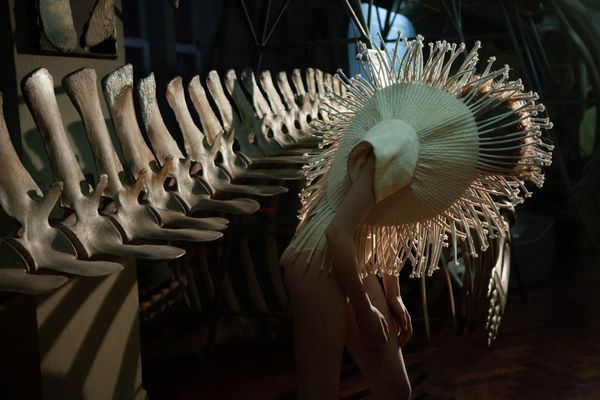
Allegorical story of the extermination and resurrection in Kharkiv
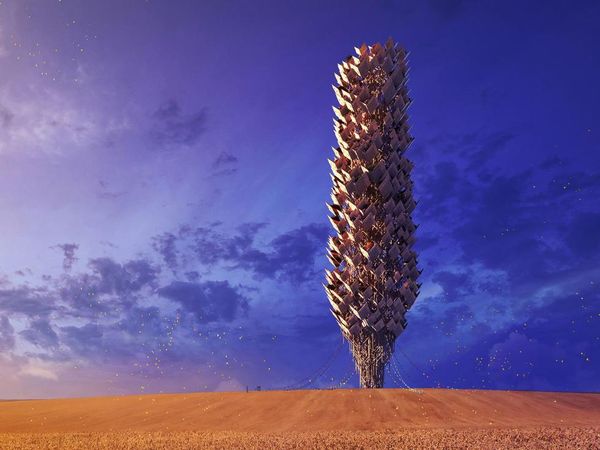
The skyscraper of ecological rebirth
